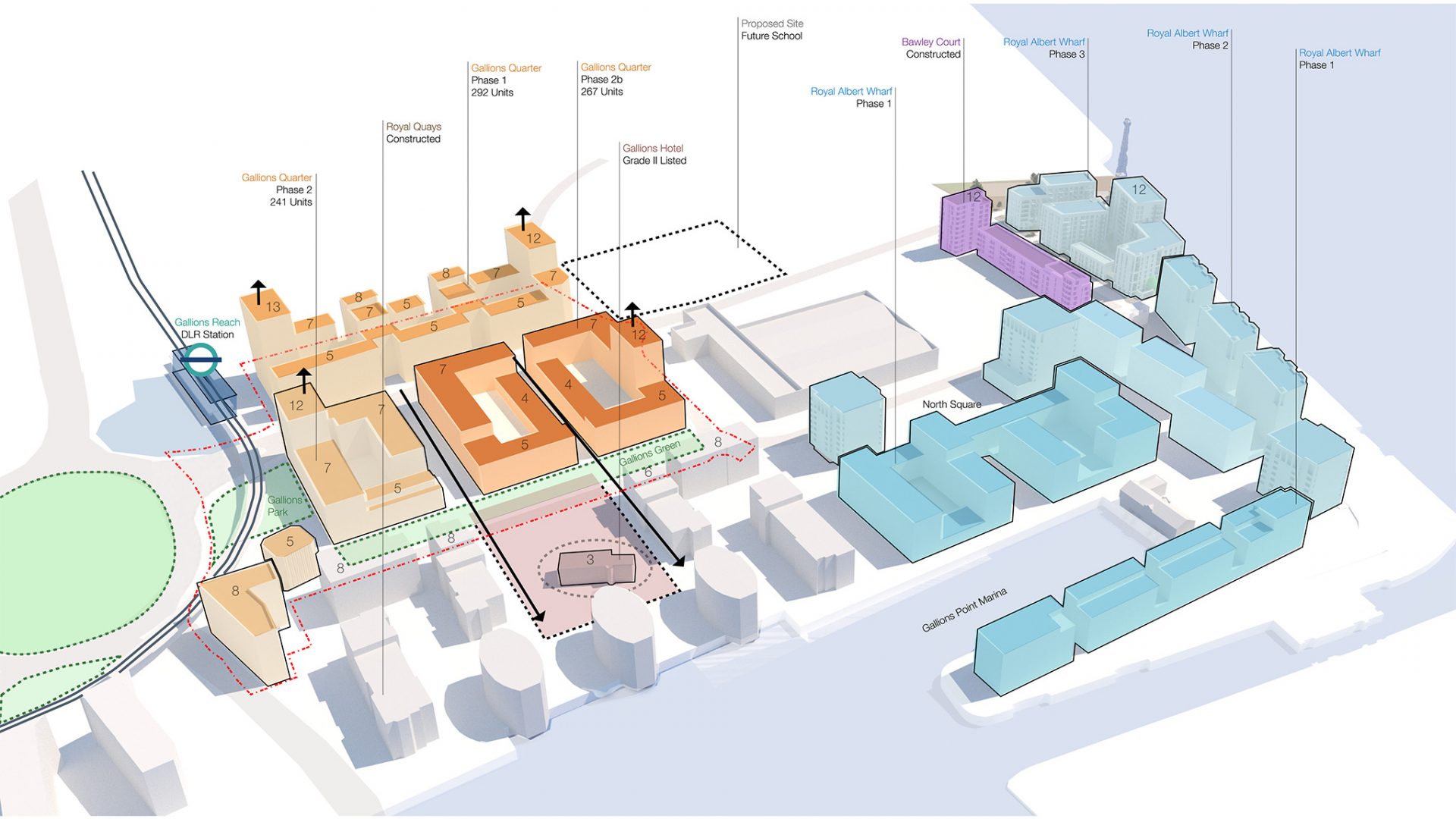- Meneesha Kellay is public programmes curator at the Royal Institute of British Architects and was previously curator at the Museum of Architecture and assistant director of the Architectural Association Night School. She is also a member of our curation panel. In this essay she shares her thoughts on our 2019 theme of boundaries.

Architecture in its built form transcends borders and boundaries and is therefore a fitting theme for LFA 2019, the year that the UK is due to leave the EU. It is widely accepted that Brexit will have a negative impact on the architecture and construction industry, not least because one in five of all architecture professionals in London is an EU national. The history of architecture as an international language, together with Britain’s 40-year relationship with the EU, has changed the DNA of the architecture industry. It sees no boundaries between nationalities, and how architecture practice will change following Britain’s exit from the EU is a troubling unknown.
Within London, boundaries are ingrained in the way the city is planned and built. Through the boundaries of London’s boroughs and their policies, the process of building varies subject to different processes and priorities, as well as considerations of quality, design and innovation. Public and private boundaries are blurred with the increase of cross-funding; private sale housing funds public buildings such as schools and community centres. Thinking beyond the red line boundary can mean the difference between an exciting, varied streetscape and solidifying the compromises of the past. Zooming in closer at the building scale, a well-considered boundary condition can make a good neighbour and allows social interactions to occur – we can meet at the boundary.
Architecture is an inherently social practice, serving both its users and the public at large, however as a profession it is not representative of the communities it serves. More focus needs to be placed on breaking down boundaries to access to architecture for those from lower socio-economic backgrounds, people of colour and to support women throughout their careers. I look forward to seeing some of these and many more interpretations of boundaries being explored in LFA 2019.






